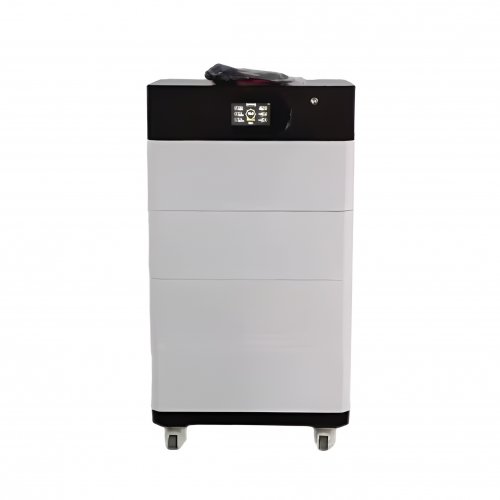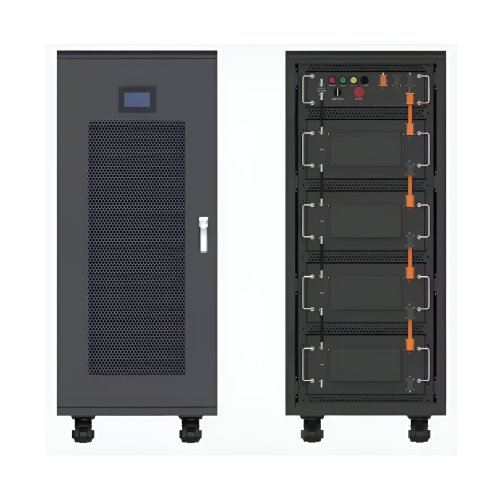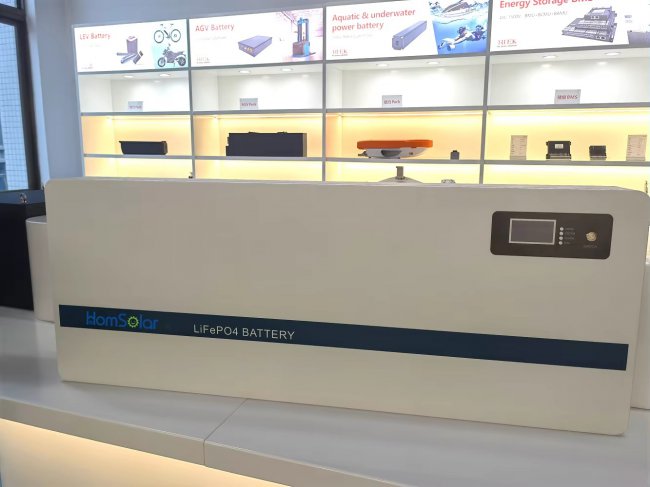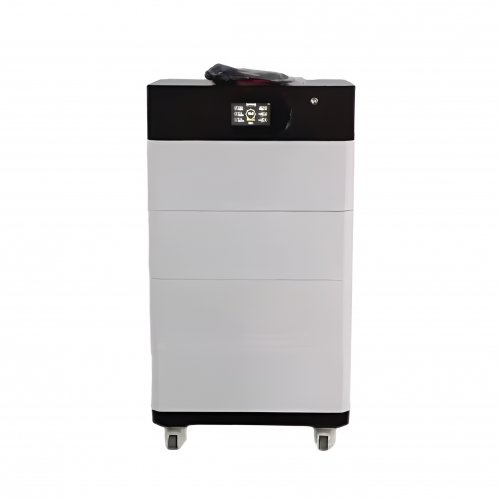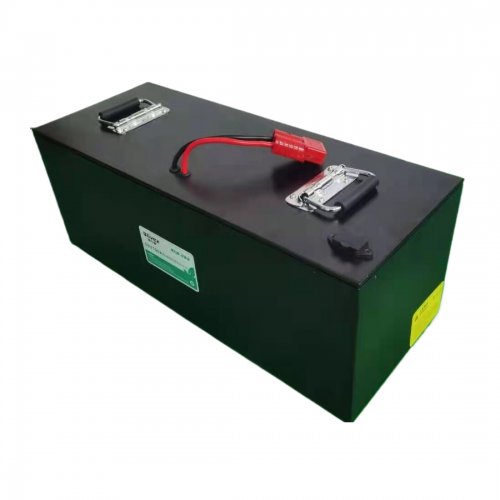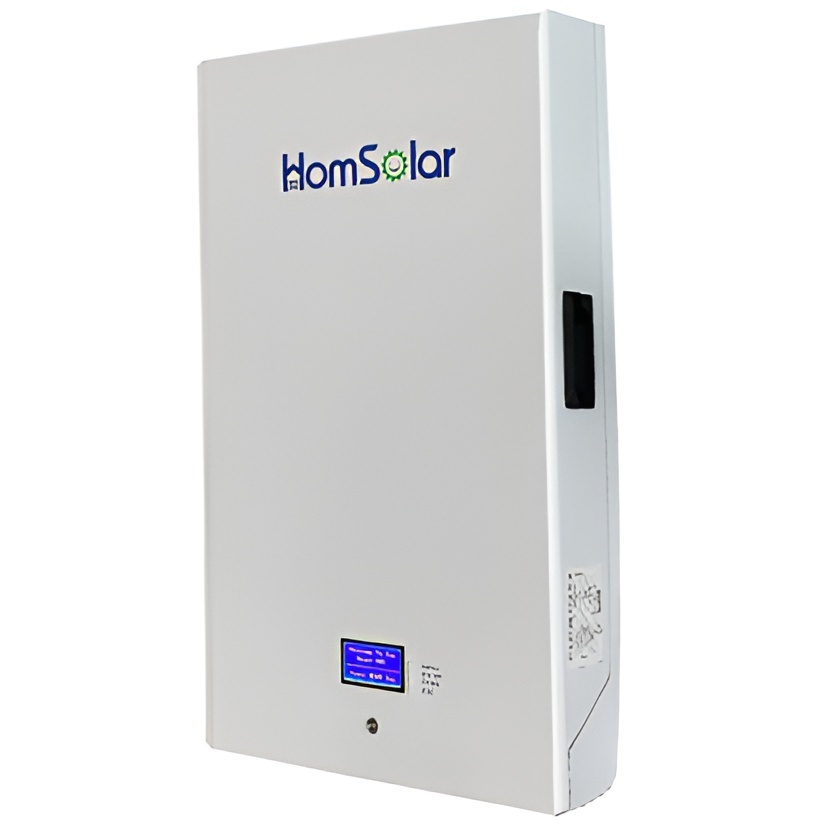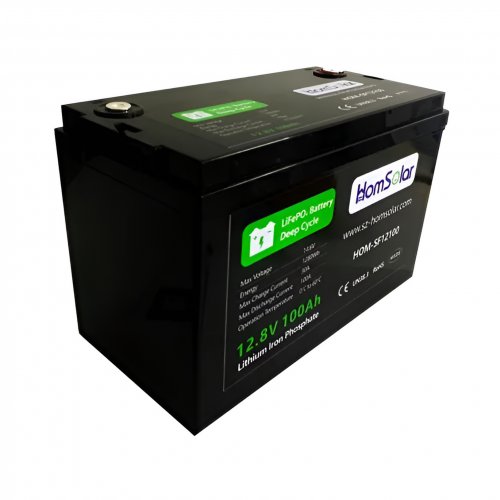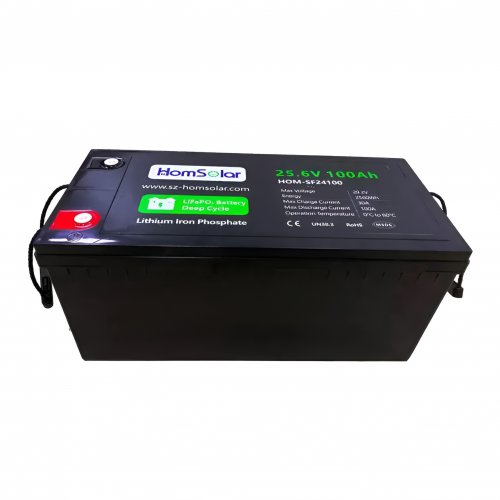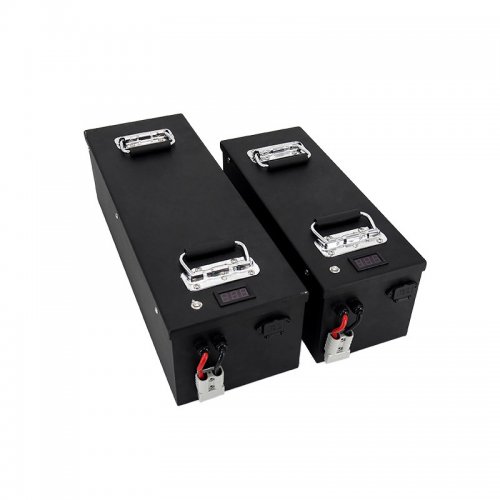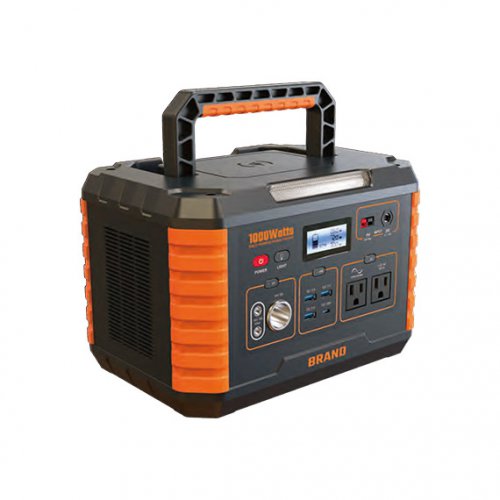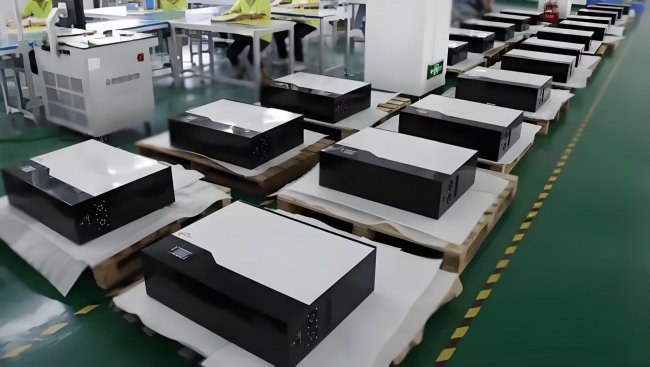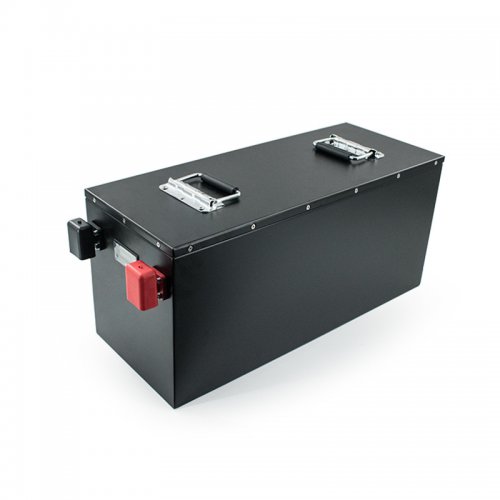How to retrofit wind farms into hybrid wind-solar plants
A group of researchers from Norway's Institute for Energy Technology (IFE) and Sweden's Uppsala University has outlined a new strategy to retrofit wind power plants in hybrid wind-solar facilities.
“Hybrid solar-wind power plants can be valued differently under different market conditions,” Øyvind Sommer Klyve, told pv magazine. “In some cases, providing a firmer production curve, as typically achieved by a solar-wind hybrid, can lead to additional revenues if the final consumer would pay additionally for such firmer production. Oppositely, there might be market situations where the energy prices are sufficiently high, such that you would not want the solar and wind assets to share the grid connection infrastructure, if that would lead to curtailment of energy. There might also be regulations prohibiting building solar-wind hybrids.”
The research group used multiple linear regression (MLR) analysis to investigate how 128 existing wind power plants in Norway and Sweden could be potentially converted into wind-solar plants with cost-optimal PV capacities and good net present value (NPV) levels. MRL is a model that estimates the relationship between a quantitative dependent variable and two or more independent variables using a straight line.
In their modeling, the scientists assumed that solar power generation is sold to the day-ahead market and is curtailed when the sum of the PV and wind generation exceeds the point of interconnection (POI) of the hybrid facility. “All 128 investigated wind power plants have mean capacity factors above 15%,” the scientists specified. “Those with lower capacity factors were deemed to be malfunctioning or small-scale wind turbines and removed in an earlier step. A total of 22 wind power plants were previously filtered out in that step.”
They also assumed there is no shading on the facility, snow losses can be neglected, and the land is suitable for installation. “These assumptions will lead to a positive bias on the modeled capacity factors, especially in the northernmost bidding areas which are more mountainous and snowy than locations in the southern bidding areas of the Nordics,” they further explained, noting that the NPV calculation included only income and costs related to the PV system.
The model identified three key parameters for the viability of the retrofit scheme: A high mean PV capacity factor; a low mean wind capacity factor; and a strong negative Pearson correlation factor between the hourly PV and wind generation profiles. The Pearson correlation coefficient is the most common way of measuring a linear correlation between two variables.
The researchers found that strong anti-correlation alone could easily decide if retrofitting an existing wind power plant into a wind-solar hybrid is economically viable. “In this context, many of the most profitable retrofitting cases occurred at sites with the weakest anti-correlation, and the positive impact of the anti-correlation on the NPV became evident only after conducting an MLR analysis that considered the PV and wind capacity factors as well.”
Their analysis also showed that sites with high solar radiation levels and low-performing wind power plants should be prioritized, while areas with high hourly anti-correlation between the wind and solar should be neglected.
“The hourly correlation coefficient between the PV and wind power generation profiles is a better indicator for techno-economic feasibility than the diurnal or seasonal correlation coefficients,” they added. “The slope coefficients of the derived MLR model can be multiplied with a wind power plant site’s mean wind and PV capacity factors and anti-correlation to give an initial estimate of the techno-economic PV retrofitting potential of the site.”
The research group also stressed that its new methodology can be applied in any country or latitude. It was presented in the study “Retrofitting wind power plants into hybrid PV–wind power plants: Impact of resource related characteristics on techno-economic feasibility,” published in Applied Energy.
Customized/OEM/ODM Service
HomSolar Supports Lifepo4 battery pack customization/OEM/ODM service, welcome to contact us and tell us your needs.


HomSolar: Your One-stop LiFePO4 Battery Pack & ESS Solution Manufacturer
Our line of LiFePO4 (LFP) batteries offer a solution to demanding applications that require a lighter weight, longer life, and higher capacity battery. Features include advanced battery management systems (BMS), Bluetooth® communication and active intelligent monitoring.

Customised Lithium Iron Phosphate Battery Casing
ABS plastic housing, aluminium housing, stainless steel housing and iron housing are available, and can also be designed and customised according to your needs.

HomSolar Smart BMS
Intelligent Battery Management System for HomSolar Energy Storage System. Bluetooth, temperature sensor, LCD display, CAN interface, UART interface also available.


Terminals & Plugs Can Be Customized
A wide range of terminals and plugs can be customised to suit the application needs of your battery products.

Well-designed Solutions for Energy Storage Systems
We will design the perfect energy storage system solution according to your needs, so that you can easily solve the specific industry applications of battery products.



About Our Battery Cells
Our energy storage system products use brand new grade A LiFePO4 cells with a battery lifespan of more than 4,000 charge/discharge cycles.



Applications in Different Industries
We supply customized & OEM battery pack, assemble cells with wiring, fuse and plastic cover, all the cell wires connected to PCB plug or built BMS.
Applications: E-bike, Electric Scooter, Golf Carts, RV, Electric Wheelchair, Electric Tools, Robot Cleaner, Robot Sweeper, Solar Energy Storage System, Emergency Light, Solar Power Light, Medical Equipment, UPS Backup Power Supply.
We can provide you with customized services. We have the ability to provide a vertical supply chain, from single cells to pack/module and to a complete power solution with BMS, etc.


HomSolar (Shenzhen) Technology Co., Ltd








